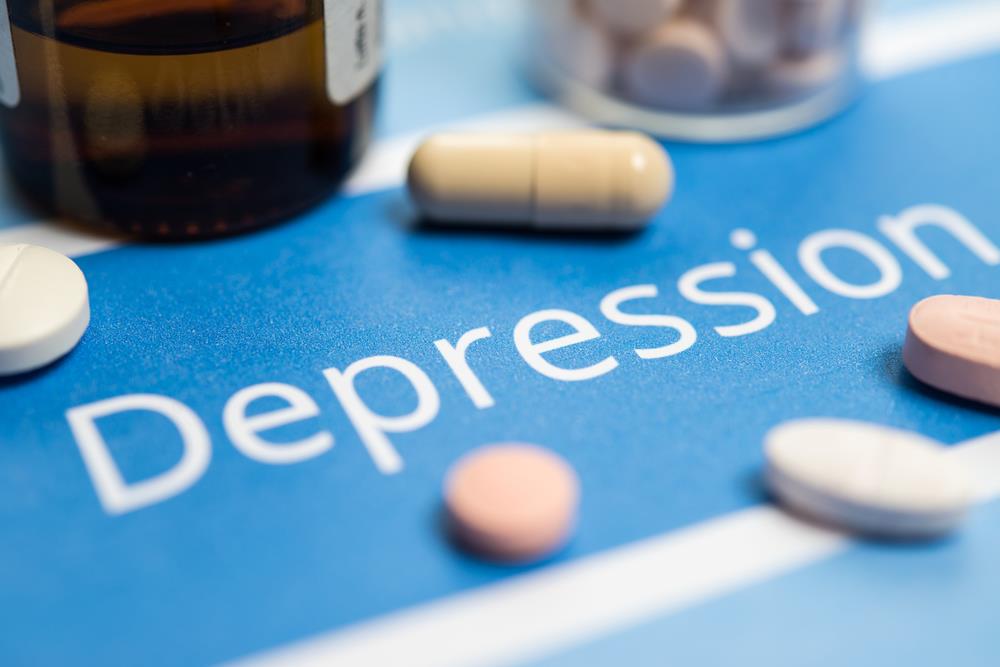Have you ever felt the urge to take a nap in the middle of the day? If so, you may want to think twice before indulging in this midday rest. Recent research suggests that regular daytime napping may be linked to an increased risk of hypertension, or high blood pressure.

A study published in the journal "Heart" in 2019 found that individuals who napped regularly, defined as napping at least three times per week for an average of 30 minutes per nap, had a higher risk of hypertension compared to those who did not nap regularly. The study included over 31,000 individuals from China, and the results showed that regular napping was associated with a 17% increase in the risk of hypertension.
Another study published in the "American Journal of Hypertension" in 2019 found that daytime napping was associated with higher blood pressure levels in individuals with hypertension. The study included over 200 individuals with hypertension, and the results showed that each additional hour of daytime napping was associated with a 3 mmHg increase in systolic blood pressure.

(A and B) Representative 3‐day motor activity recordings of 2 participants. One participant napped shorter/rarely (A) and the other one napped longer/more frequently (B). Green shaded areas indicate identified napping periods, and pink shaded areas indicate identified nighttime sleep periods. (C) Distribution of daytime napping duration. (D) Distribution of daytime napping frequency.

So, what's the link between napping and hypertension? One theory is that daytime napping may disrupt the body's natural circadian rhythm, or internal clock. This disruption can lead to increased levels of stress hormones, such as cortisol, which can increase blood pressure. Additionally, napping during the day may lead to less physical activity and more sedentary behavior, both of which are risk factors for hypertension.

It's important to note that these studies show an association between napping and hypertension, but they do not prove that napping causes hypertension. Other factors, such as age, obesity, and physical inactivity, could also be contributing to both napping and hypertension. Further research is needed to fully understand the relationship between napping and hypertension.
So, should you give up your daytime nap altogether? Not necessarily. Occasional napping may not have a significant impact on blood pressure levels, and may even have some health benefits. Short naps, defined as 20-30 minutes, have been shown to improve alertness, cognitive performance, and mood. Additionally, some research suggests that regular napping may be associated with a lower risk of heart disease.

If you do choose to nap during the day, there are some things you can do to minimize the potential risks. First, keep your nap short and sweet, aiming for 20-30 minutes of rest. This will help you avoid entering deeper stages of sleep, which can lead to grogginess and difficulty waking up. Additionally, try to nap earlier in the day, rather than in the late afternoon or evening, to avoid disrupting your nighttime sleep.

In summary, while the link between napping and hypertension is still being studied, there is some evidence to suggest that regular daytime napping may be associated with an increased risk of high blood pressure. If you do choose to nap during the day, keep it short and aim for earlier in the day to minimize any potential risks. And as always, if you have concerns about your blood pressure or overall health, be sure to speak with your healthcare provider.




Leave a comment
This site is protected by hCaptcha and the hCaptcha Privacy Policy and Terms of Service apply.